Abanico Reserva White, Casa da Passarella 2022
With a fresh and elegant profile, this is Casa da Passarella’s proposal to beat the heat these days. It is a blend of Bical, Cerceal, Barcelo and Terrantez, native grape varieties from the Dão region, and has good citrus aromas and an almost full-bodied profile, ideal to accompany fattier fish and white meats.
Abanico Reserva White, Casa da Passarella 2022
Photo: DR
Favaios Winery, Casa Velha, Samarinho and White Galician Moscatel, 2023
Two single-varietals, one from Samarrinho and the other from Moscatel Galego, are released under the Casa Velha label, reserved for the best wines from the Favaios winery. Here we bring you a double dose, but a well-deserved one, because it has been the main buyer of grapes from the region, and the one that pays the highest price. This is especially commendable in such a difficult year for small producers. It has also been investing in native varieties, with different vegetative cycles, to have a more diverse offering that is better adapted to climate change and more diversified, showing the potential of the cooler climate of the Favaios plateau. Both are wines from 2023 and with minimal intervention oenology, which partially explains the somewhat cloudy appearance of the Samarinho (only slightly filtered after maceration with lees). The grapes come from a single plot, planted at an altitude of 650 meters, giving it a marked acidity and a lot of structure in the mouth. Moscatel Galego, the queen grape variety of the plateau, presents this more tropical side, which has so many admirers, but this year also with a more pronounced acidity that balances the whole well.

Favaios Winery, Old House, Galician White Moscatel, 2023
Photo: DR
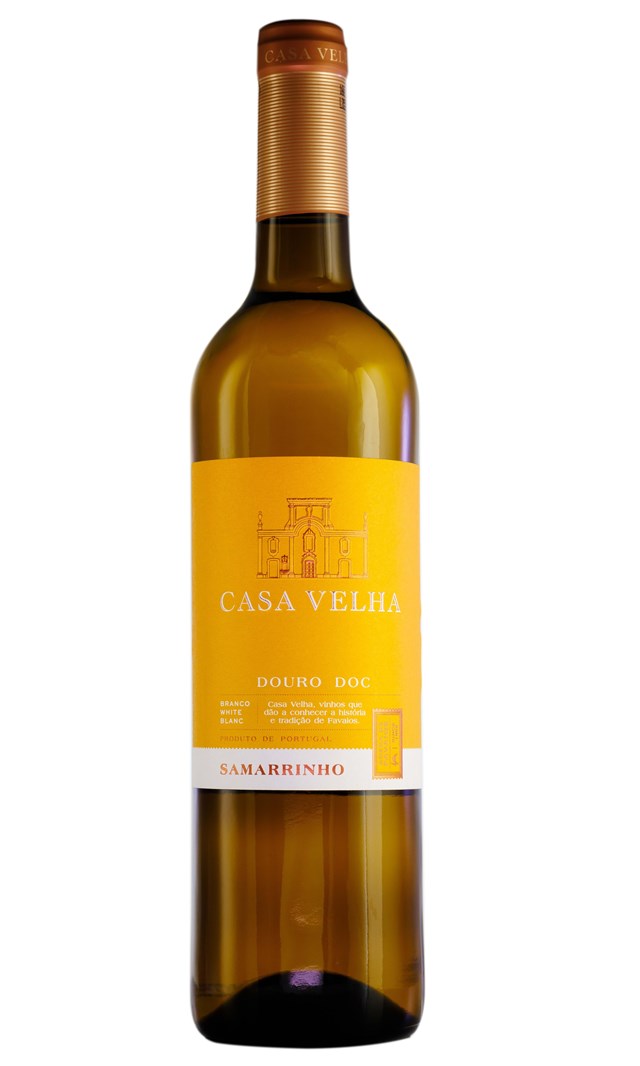
2023
Photo: DR
Quinta da Giesta, Rosé 2023
This rosé from Quinta da Giesta (and the same could be said of the white) is a typical summer wine: light, fresh and very balanced. All that really matters, because no one wants to overanalyze what is in the glass. To serve very chilled and enjoy (with pastas, Asian or Mediterranean dishes or salads…) without thinking about it any more.
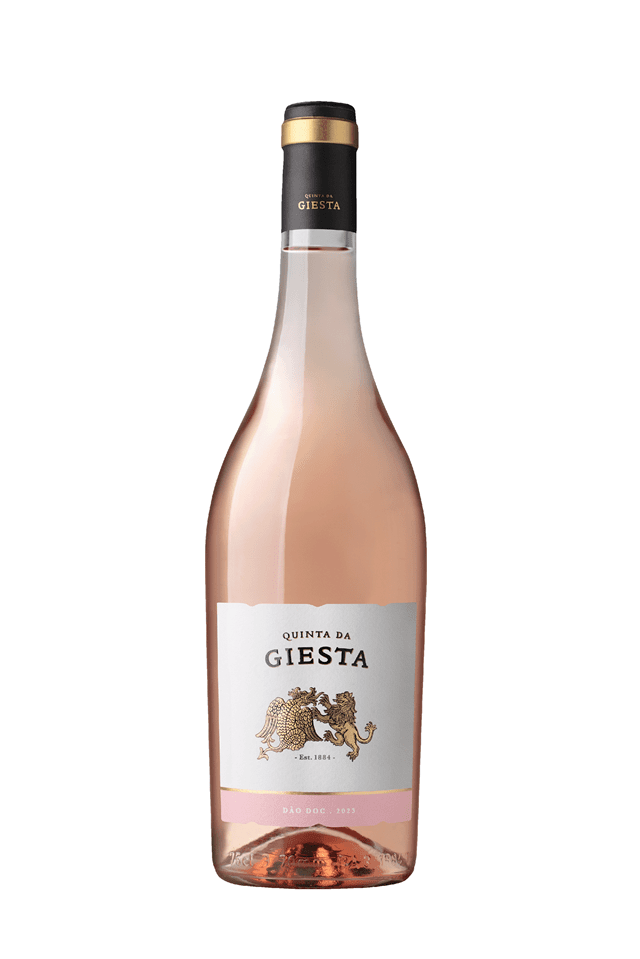
Quinta da Giesta, Rosé 2023.
Photo: DR
São Luiz Red Dog Reserve Rosé 2023
The São Luiz Winemaker’s Collection from Sogevinus is already one of the classic Douro rosés, made from an unusual grape variety, but one that offers excellent characteristics for rosés, particularly in terms of acidity and soft tannins. It has an elegant salmon hue, with aromas of blackcurrant and pomegranate. On the palate, its minerality and long finish stand out. It should not be served too cold, but at 12 degrees, which is how it best accompanies shellfish, fish, white meats and not very intense cheeses.

São Luiz Red Dog Reserve Rosé 2023
Photo: DR
Lagoalva Sparkling Pet Nat white 2023 from Quinta da Lagoalva
This is a notable first for Lagoalva in this type of Pet Nat sparkling wine (Pétillant Naturel), where the wine is bottled before fermentation is complete, resulting in natural bubbles in the bottle. A light sparkling wine with lively acidity, due to the 80% Arinto (plus 20% Fernão Pires). It has a cloudy appearance, as is normal for pet nats, but with very “clean”, citrus and fruity aromas. Fresh, it is ideal as an aperitif and to accompany light dishes, especially salads, but also snacks such as cheese and sausages.
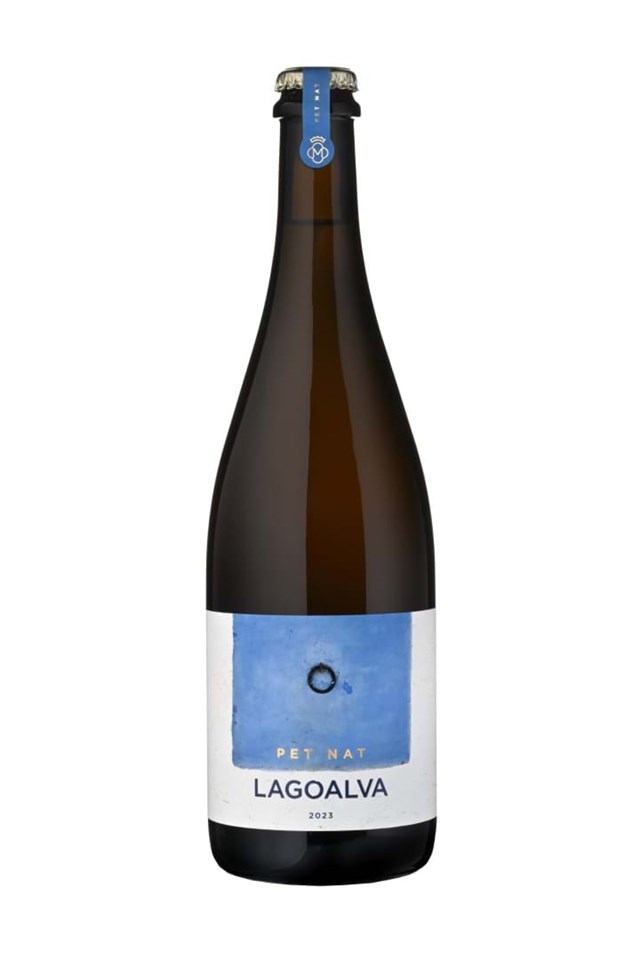
Lagoalva Sparkling Pet Nat white 2023 from Quinta da Lagoalva
Photo: DR
CH by Chocapalha
CH By Chocapalha is a sophisticated wine with citrus and mineral notes. A 100% Arinto, from the best plot of the estate, with a crystal clear colour that reveals vibrant acidity and a striking finish. It has just been voted the best Arinto in Lisbon, and the truth is that few wineries love and treat this variety as well as Chocapalha.
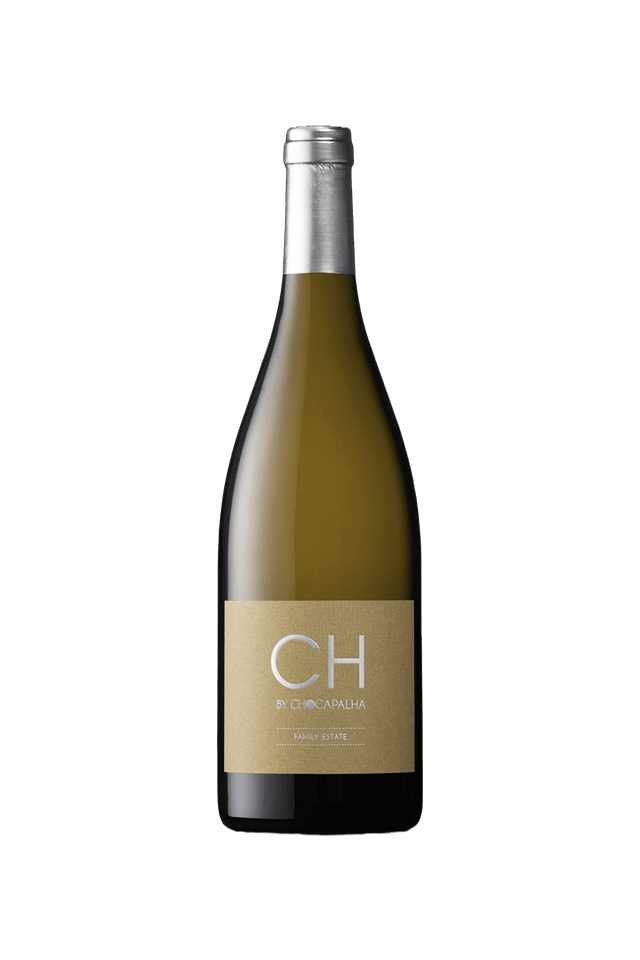
CH by Chocapalha
Photo: DR
Old Vines 2021
A red wine from old vines – 100% Castelão, over 75 years old, planted in sandy soils – and aged for 12 months in wood (50-50 used and new barrels), it doesn’t seem like a typical summer wine. It has silky tannins, volume on the palate, and balsamic and red fruit aromas, but it doesn’t have a high alcohol content, and has excellent acidity levels, which lead to a very fresh and elegant finish. Serve at 14 degrees and goes very well with octopus, grilled meat and pasta.
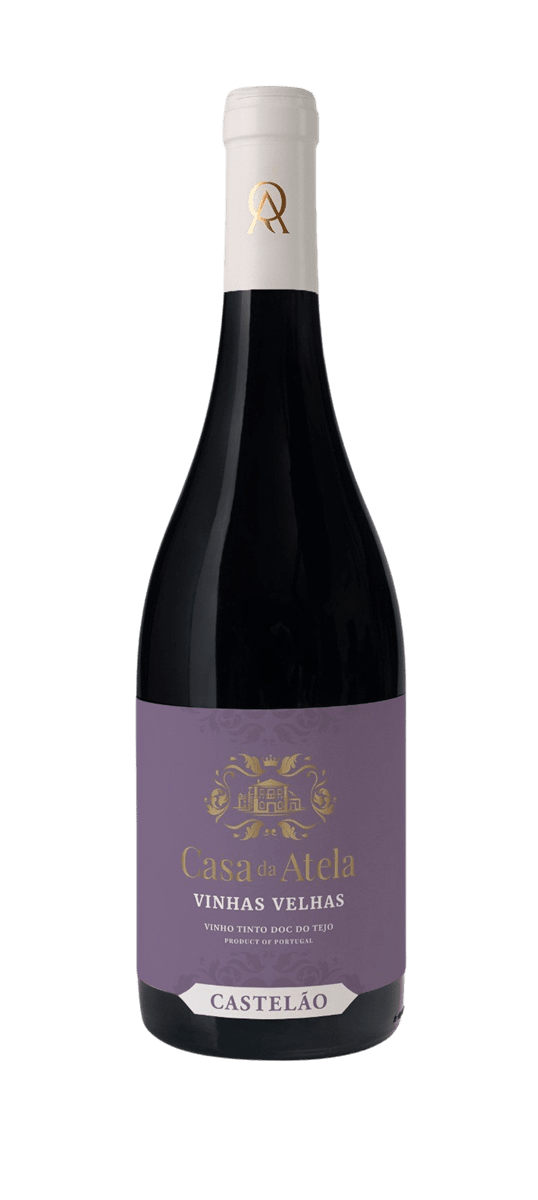
Old Vines 2021
Photo: DR
Palhete do Tareco, Wine from Amphora, 2023
The XXVI Talhas project is very interesting, bringing together a group of young friends from Vila de Frades, united to revive traditions. Don’t be fooled by the colour, as this is not a strong rosé, but a true wine. In other words, a mixture of white and red grape varieties, in this case a field blend from an old plot with Aragonês, Trincadeira, Tinta Grossa, Antão Vaz, Roupeiro and Diagalves mixed together. The first are red, the second white. Vinified in the amphora without temperature control, with indigenous yeasts and without any filtration or stabilisation process. The result is an earthy, slightly floral and citrusy wine, with good acidity and medium body, to drink chilled with snacks.
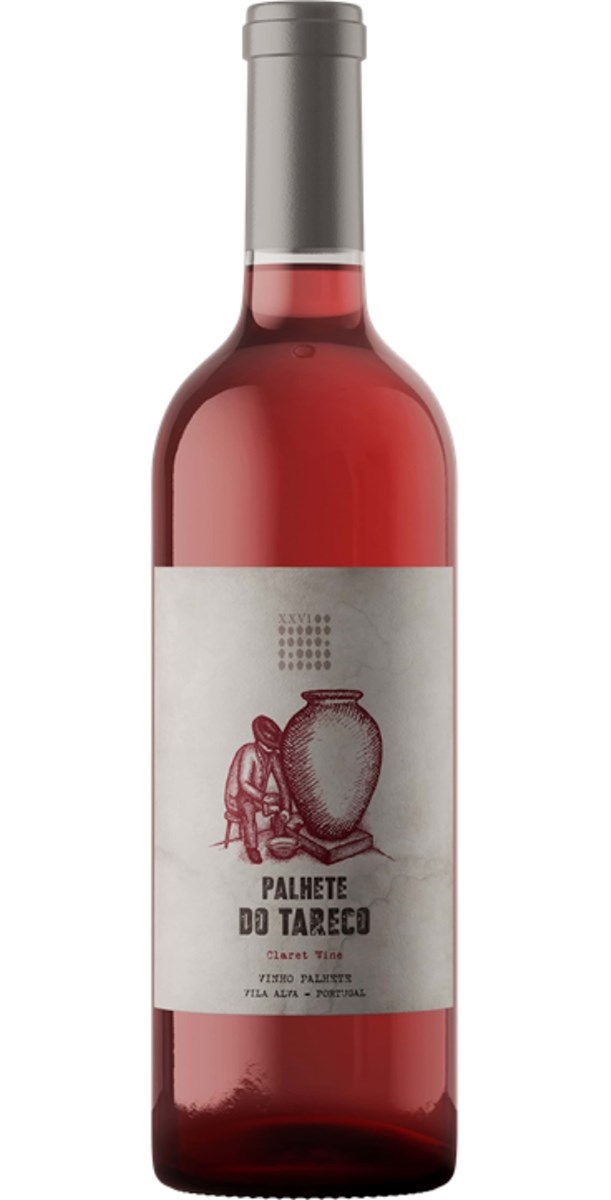
Palhete do Tareco, Wine from Amphora, 2023
Photo: DR
White Winery
From vines that are already quite old – over 50 years old – comes this Fernão Pires do Tejo, with very vibrant aromatic notes – especially tropical, such as apricot and passion fruit or lime – but also very well wrapped in excellent freshness.
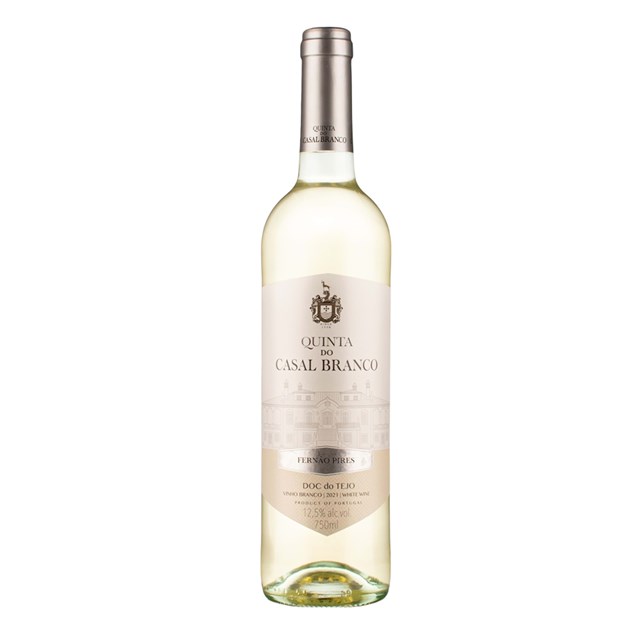
White Winery
Photo: DR
Rosé Pom-Pom, Casa Relvas 2023
It has just been chosen as one of the 50 Great Rosé Wines of the World, which is not a bad calling card. Made from Aragonês, Touriga Nacional and Syrah, it is above all a very delicate rosé, with a bouquet of flowers and red fruits. Also noteworthy is the beautiful bottle.
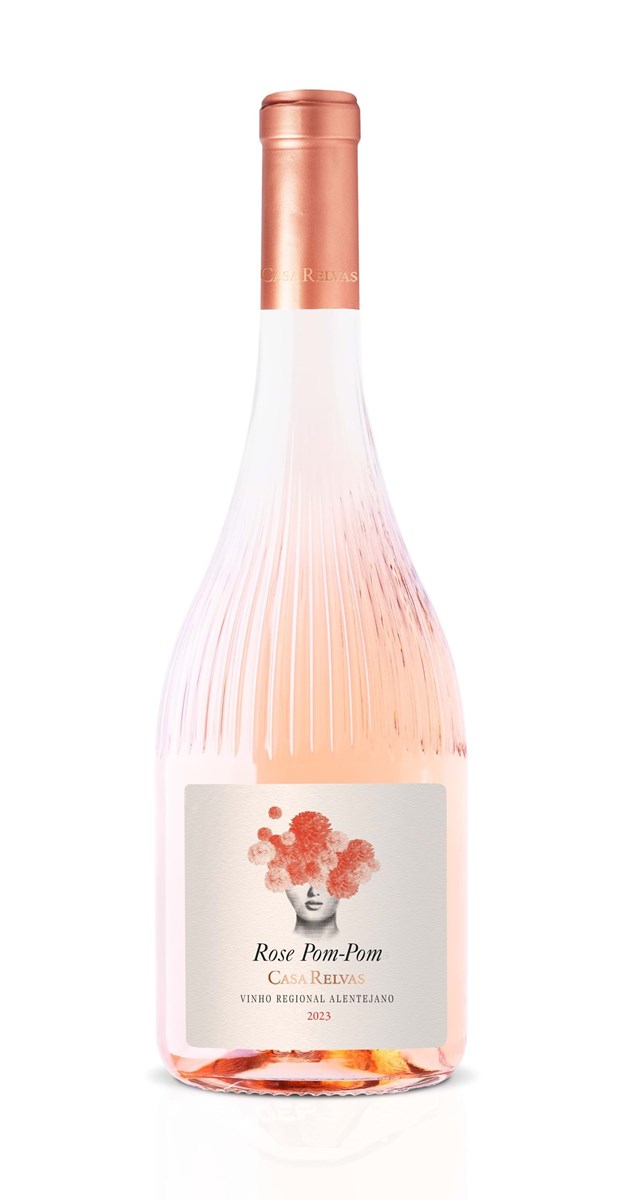
Rosé Pom-Pom, Casa Relvas 2023
Photo: DR
Ah Galego 2023
The name gives it a more irreverent air, and the colorful and fun label seems to support this. But nothing is more disruptive than being a (Portuguese) wine costing 17.5 euros with a screw cap. All to make it easier to drink. The wine itself loses a little of this out-of-the-box aspect and is more consensual – very perfumed, as is typical of the grape variety, and with strong acidity, thanks to the plantations at an altitude of 600 meters on one of the great Douro estates.

Ah Galego 2023
Photo: DR
Guitarist Moscatel Galician Purple 2022
We couldn’t resist, so here it is: Guitarrista, a Rosé from Quinta do Monte Alegre, brings us music this summer, with notes of tropical fruits and a very light and agile body. The soft pink tone goes well with the profile of the wine, which was born in the Setúbal peninsula and its proximity to the sea. Serve chilled with fish, seafood or sushi.
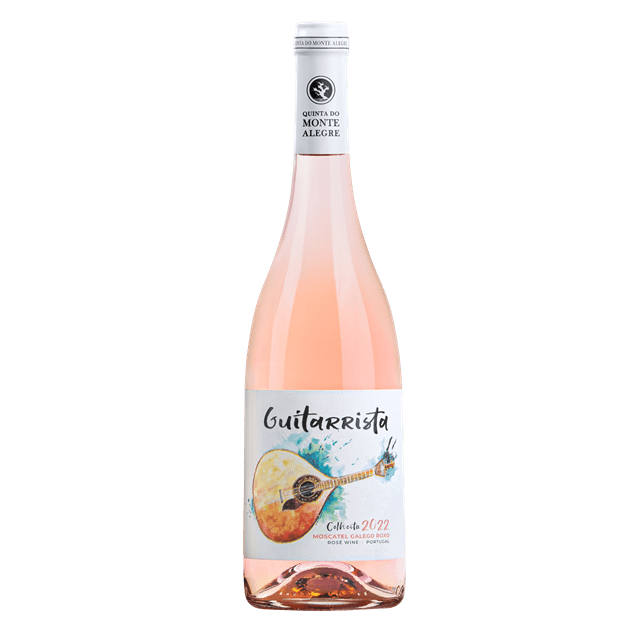
Guitarist Moscatel Galician Purple 2022
Photo: DR
Source: www.must.jornaldenegocios.pt


